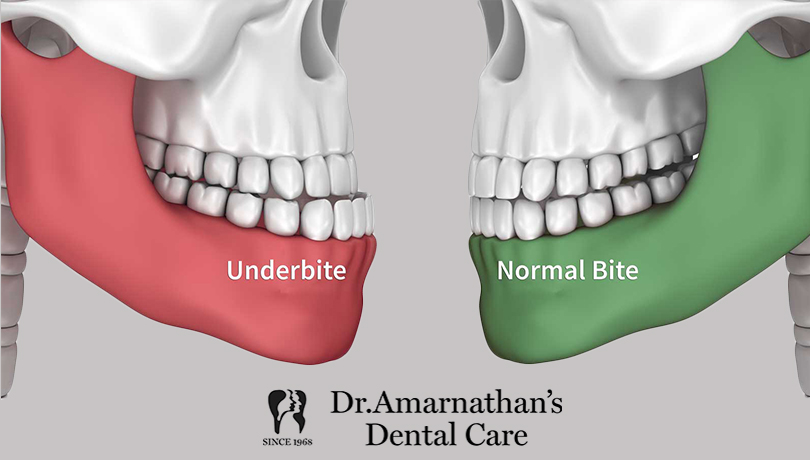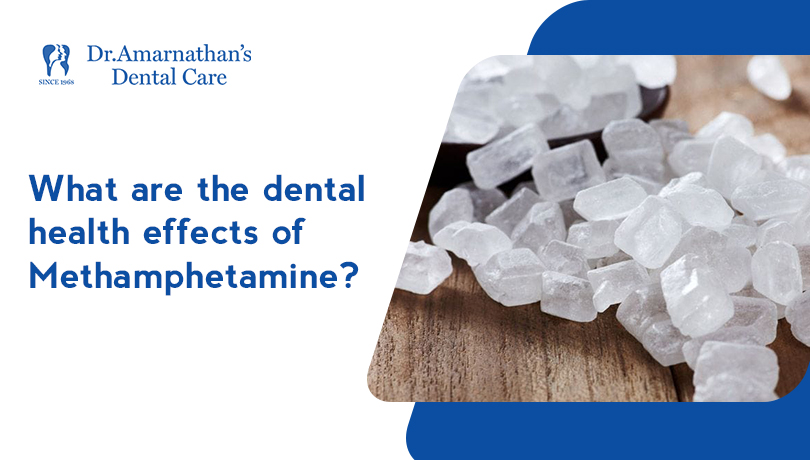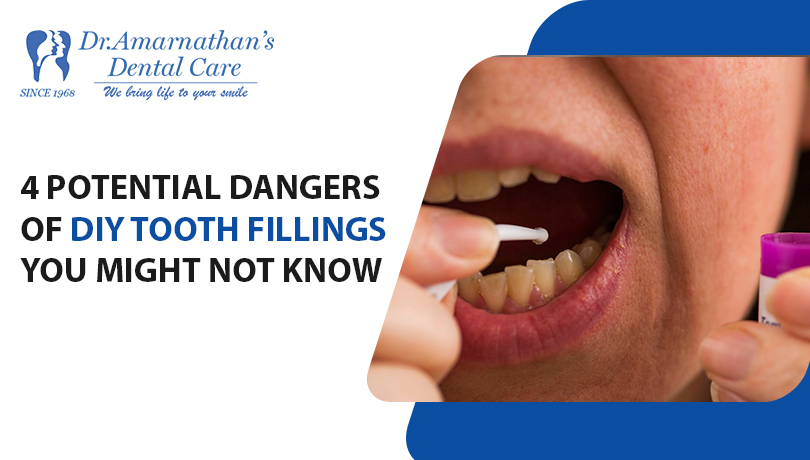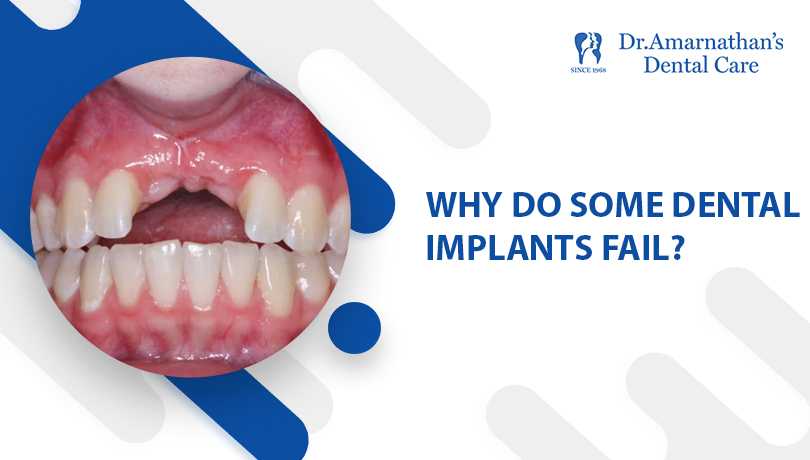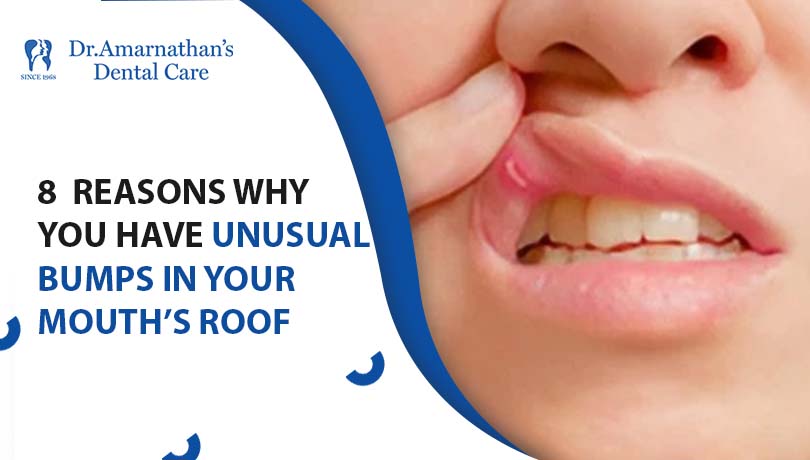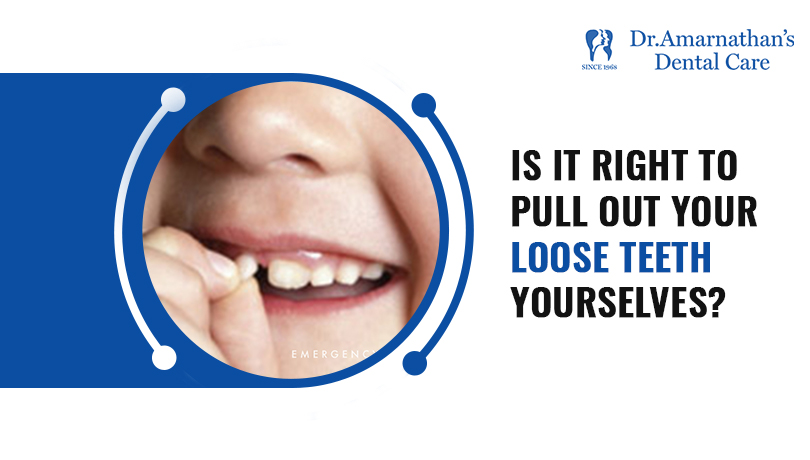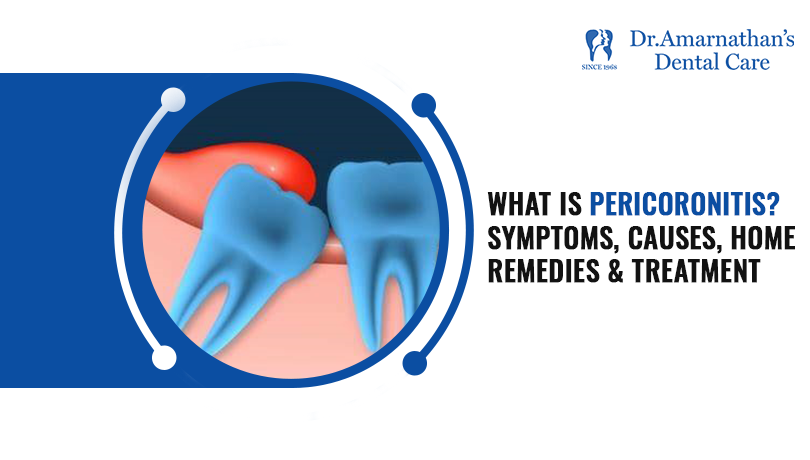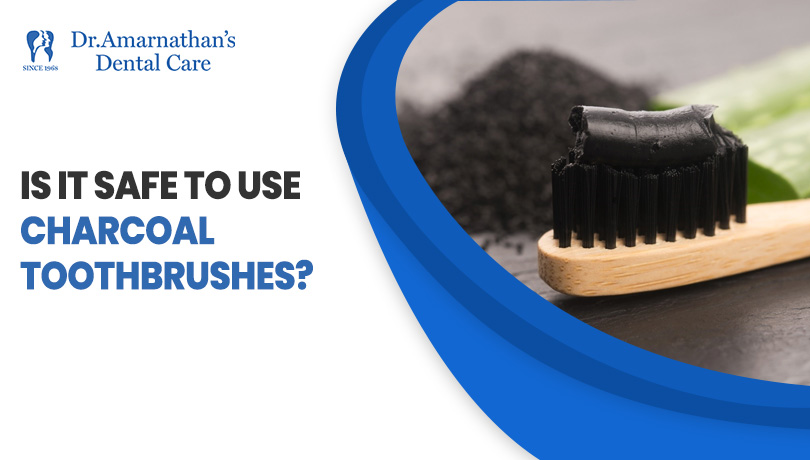
5 warning signs of damaged fillings
Both metal & tooth-colored fillings can address the damage caused by cavities. As the filling materials are strong enough to restore the teeth’s functionality and integrity, dentists recommend it to repair decayed teeth and teeth with mild cracks. Even though the restoration material is durable, it does not last forever as it becomes weak or broken as time passes by. Such loose fillings can lead to crack over the teeth surfaces, abscess and infect the tooth internally.
To put it simply, the dental fillings do not last for your lifetime and should be replaced eventually for the treated tooth’s well-being.
Here we have listed common signs that help you to identify the fillings need replacement.
What are the signs of damaged fillings?
Dental fillings wreckage occurs due to the tooth’s wear and tear. The biting and chewing forces we apply over the teeth leads to cracks near margins. If you have habits such as teeth grinding, biting non-edible things, eating hard foods along with poor oral hygiene, then the fillings will become weak quickly.
Such cracks can be seen with bare eyes. Such fissures expose the sensitive layers inside the tooth and get annoyed. It causes various discomforts that include:
1) Constant toothache
When you have bad, loose or damaged fillings, you might develop cavities deep inside the tooth. This mandates Root Canal Therapy (RCT) to fix. The pain becomes unbearable with the progression of cavities.
Besides this, you encounter a sharp pain that exists for a few minutes and goes away in the specific tooth.
2) Dark Spots
As mentioned earlier, the treated tooth is highly prone to dental caries when the broken fillings are not replaced. When you develop cavities in such teeth, you will notice black or brown colored spots and linings around the edges of the fillings. This is followed by discoloration in that tooth.
3) Increased Sensitivity
The filling materials in a treated tooth take care of the enamel’s action to insulate the inner layers from temperature variations. The cracks or fissures in the filling materials provide a way for soft & cold foods, beverages, sweets to irritate the inner pulp which ends in teeth sensitivity.
4) Discomfort while eating
Similar to temperature variations, the chewing force we exert over the loose fillings teeth also induce severe pain. It happens with the food particles flow under the fillings and aggravate the tissues below that provoke pain in the treated tooth.
Besides this, the degraded fillings let the food particles and bacteria inside the tooth that produces a bad taste. This obstructs you from enjoying your favorite cuisines.
5) Bad Breath
The chances are higher for a tooth to become a host for harmful microbes with damaged or loose fillings. It provokes various discomforts like a nasty smell from your mouth.
Bottom line
The metal fillings begin to leak when they become old and it ends in cracks that disclose the nerves and tissues below. Replacing the damaged materials is the righteous thing to preserve those layers and prevent detrimental side effects.
In some cases, the fillings replacement requires additional preparation and other restorations like inlay, onlay & crowns.




